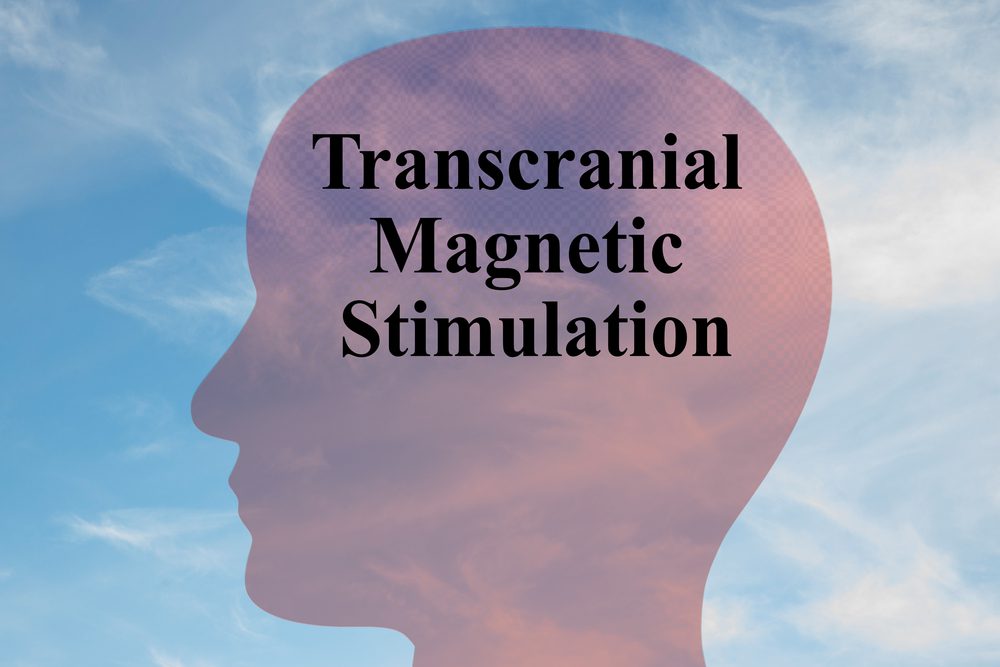TMS (Transcranial Magnetic Stimulation) first appeared in the 1980s and has since been FDA-approved to treat mental health issues. This method has been successful in alleviating certain psychological issues. It has given patients relief from the symptoms they have been suffering from.
The Role of TMS Therapy in Treating Anxiety and Depression
Anxiety and depression are very common mental health issues, and many sufferers have tried various treatments with no success. Fortunately, Transcranial Magnetic Stimulation (TMS) has been approved to treat these conditions, so patients can look forward to being symptom-free.
If you are unsure if you suffer from these conditions, here are some common symptoms:
Symptoms of Anxiety:
• Feeling restless, wound up, or on edge.
• Irritability
• Fatigued easily
• Unexplained aches and pains throughout the body
• Lack of focus or concentration
• Excessive worry
• Trouble with sleep, including the ability to fall asleep
Symptoms of Depression:
• Mood Disturbances: anxiety, apathy, discontentment, hopelessness, loss of interest, mood swings, sadness, or feelings of guilt.
• Sleep Disturbances: can vary from oversleeping to insomnia or drifting in and out of restlessness.
• Physical: increased appetite, extreme fatigue, lack of energy, or restlessness if dealing with excessive hunger. There may be an increase or decrease in weight.
• Cognitive: lack of focus, feeling like you’re moving in slow motion, thoughts of self-harm.
• Behavioral: signs of distress such as restlessness, uncontrollable crying, touchiness, or social seclusion.
Neurotransmitters and Their Role in the Body
Neurotransmitters play a major role in your bodily functions as they allow your nerves to communicate with each other. Two of the most prominent neurotransmitters, serotonin and dopamine, have similar functions but work differently.
Dopamine is known for its positive effects and can help create feelings of joy and pleasure. Meanwhile, serotonin can boost happiness levels by relieving stress, anxiety, and depression.
Transcranial Magnetic Stimulation (TMS) uses magnetic fields similar to those used in MRI scanners to target specific parts of the brain associated with moods. TMS helps boost the production of neurotransmitters such as serotonin and dopamine in people experiencing depression and anxiety. By doing so, it can restore their typical levels without the need for additional intervention.
Compared to long-term, ongoing medication treatments, TMS courses typically last only 4-6 weeks. This is often a more desirable option for those seeking relief from their symptoms.
Other Benefits of TMS Can Include:
• For those who can’t take antidepressant medication due to health reasons, TMS is an effective option to consider. It has a great potential to address depression and anxiety where other treatments cannot be used.
• TMS is a non-invasive therapy; patients don’t need to take any time off after a session. They can resume their everyday duties with ease straight away.
• TMS is an excellent alternative to prescription drugs for treating depression as it has fewer side effects. Even if patients experience any, they will happen at a lower intensity than those caused by antidepressants. Even better, these effects typically disappear early in the treatment process.
• People who have gone through Transcranial Magnetic Stimulation therapy tend to report a difference in how they feel – with better mood and higher energy levels, as well as an improved ability to cope with life’s daily stressors.
If you’d like to learn more, follow this link to our blog for frequently asked questions about TMS therapy.


